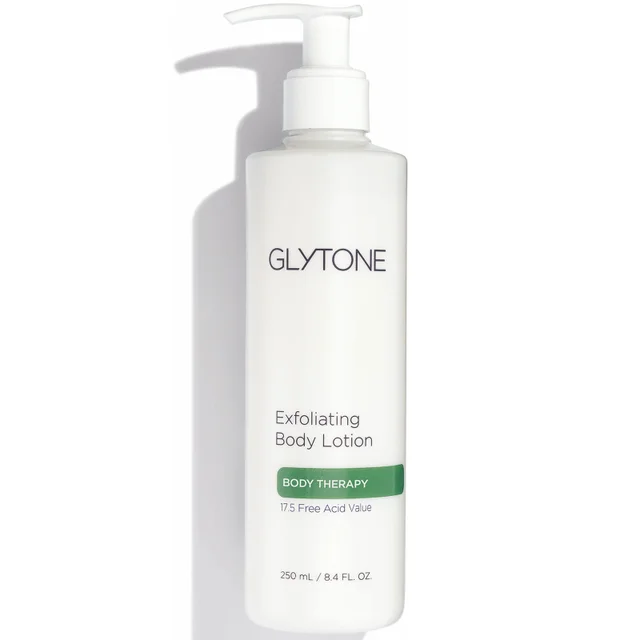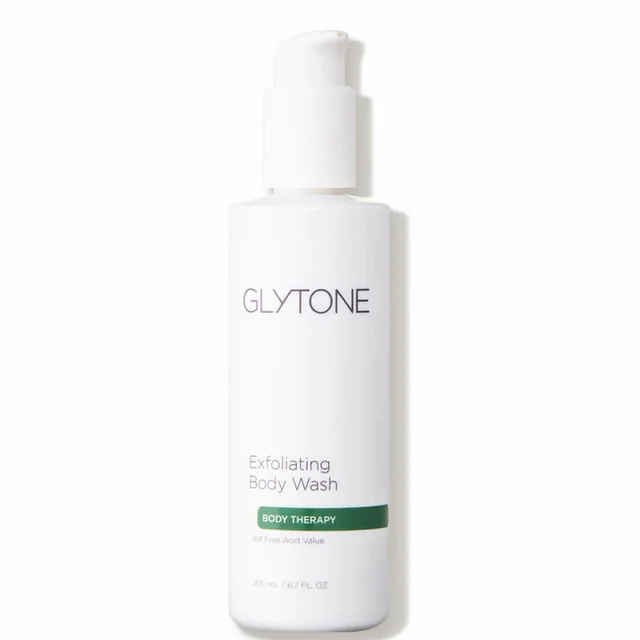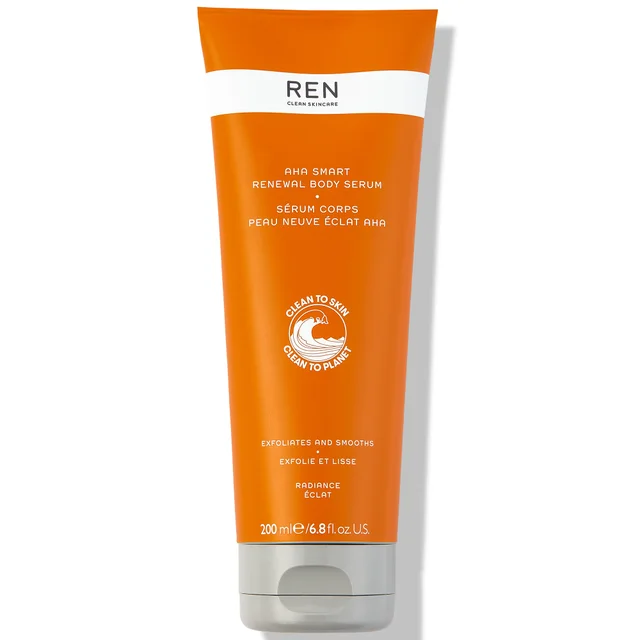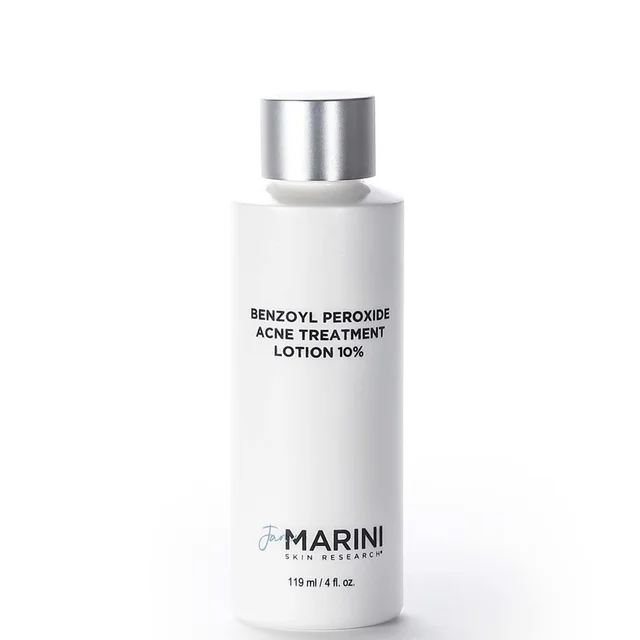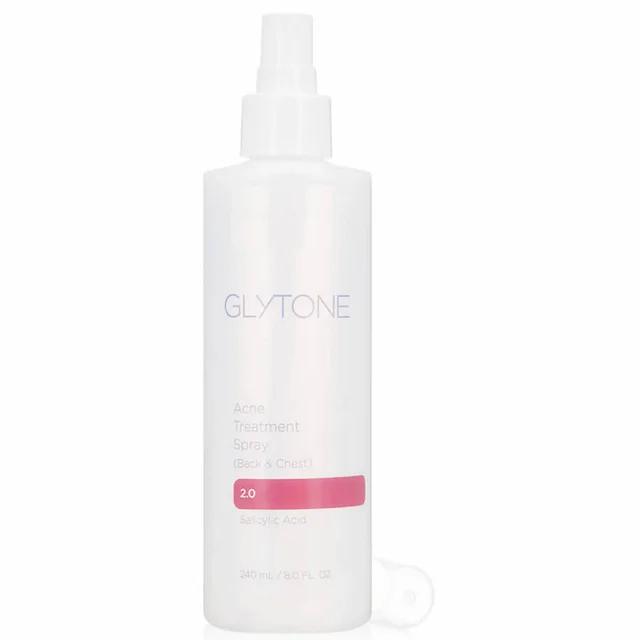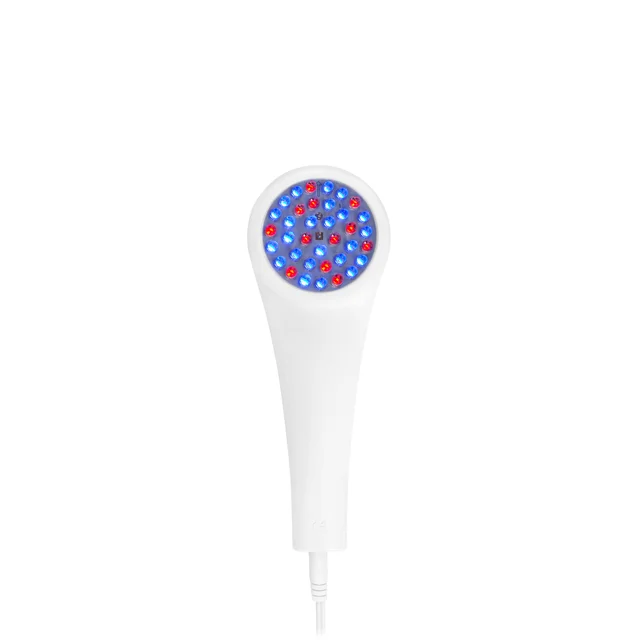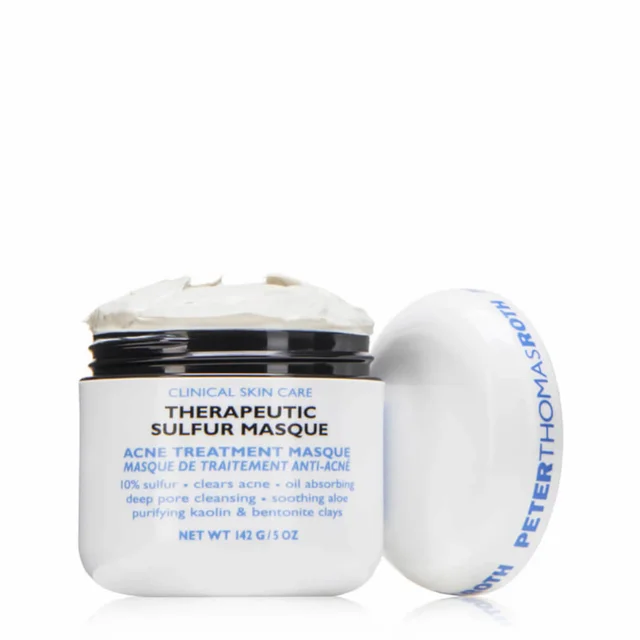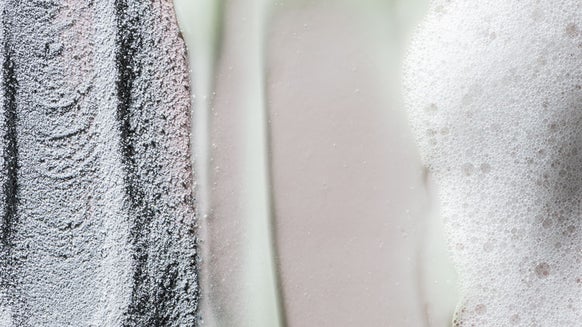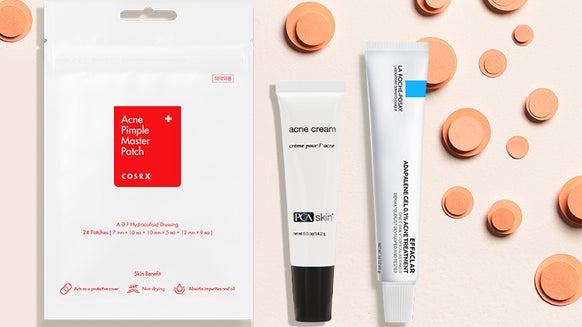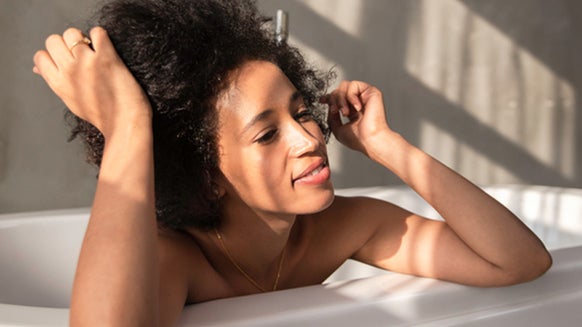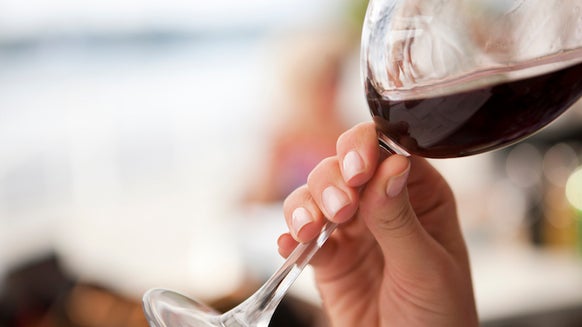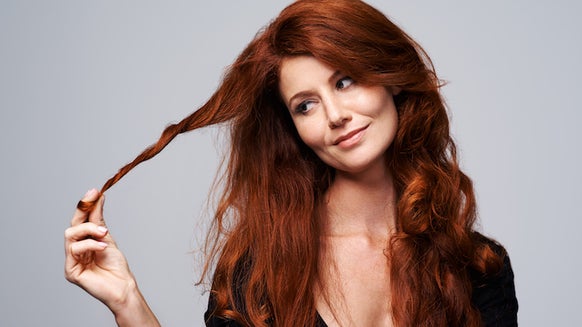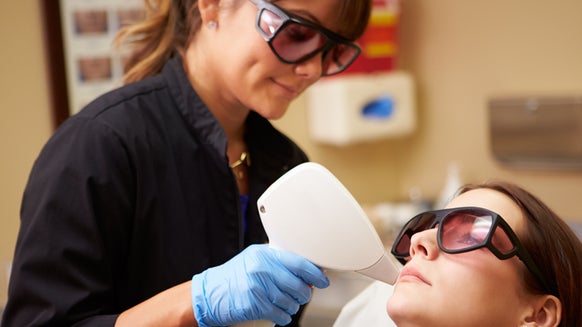Dermatologist Answers: How Should I Treat Back or Body Acne?
It's safe to say that regardless of the season, there’s just no room for body acne (aka “bacne”) in your life. Not only does it put a damper on your plans for back-baring #ootds, it can also cause great physical discomfort. And acne on your back and body can be particularly frustrating to treat, especially when it sprouts in hard-to-reach places.
Fortunately, as pesky as body acne is, it’s also quite preventable and manageable. And the first step in treating body acne? Understanding what it really is.
What Causes Back Acne, or “Bacne”
While it may look and feel the same as regular pimples, body acne is a little different from the breakouts on your face. If we’re going to be technical about it, it’s not actually acne but folliculitis—a common skin condition that occurs when bacteria and other impurities enter your hair follicles, causing them to become infected. And because pores and follicles on the body are larger than those found on your face, dirt and oil can be easily trapped inside.
Although body acne can appear anywhere on the body (except your palms and soles since these areas have no sebaceous glands) it's mostly found on the back and chest as oil-producing glands are more prominent in these areas, says David Lortscher, MD, a board-certified dermatologist in New Mexico and founder of Curology. This is why bacne becomes even more of a problem during the warmer months. The combined heat and humidity causes your body to sweat more and produce more oil, creating an environment conducive for bacteria to grow.
Other factors that cause follicle damage and clogged pores include:
Tight clothing — When tight clothing constantly rubs on damp and warm skin (like when you’re working out), it damages your hair follicles more easily and makes them susceptible to infection. Fragrances — Whether it’s from your perfume or laundry detergent, synthetic fragrances are known skin irritants and can contain chemicals that clog pores and hair follicles. Bath towels and sheets — They may look clean to the naked eye, but sheets and bath towels collect dead skin cells, dust mites and acne-causing bacteria. Hair care products — Certain chemicals in your hair products—like sulfates and synthetic colors—can irritate your skin and clog your pores. Hot tubs — According to the American Academy of Dermatology, hot tubs are so notorious at causing follicle damage that there’s a condition called “hot tub folliculitis.”
Best In-Office Procedures for Treating Back Acne
While the same treatments for facial acne are usually enough to solve your bacne problems, there are instances when it requires a more targeted approach. Especially when you consider the fact that your body skin is thicker and has larger pores. Body acne can be addressed by the following in-office procedures:
1. Blue Light/Red Light Therapy
A weekly to biweekly treatment, this therapy uses blue and red light to kill p. acnes bacteria, says Rhonda Klein, MD/MPH, FAAD, a board-certified dermatologist in Connecticut. “It is also anti-inflammatory, so it helps treat redness and acne.”
Tip: Take this treatment right in the comfort of home using light therapy devices like LightStim for Acne.
2. Photo Dynamic Therapy (PDT)
As a more aggressive form of blue and red light treatment, PDT is performed by applying a photosensitizing agent to the skin for one to three hours before being washed off, says Dr. Klein. “The affected area is then exposed to light. Once activated, PDT helps to destroy acne cells, shrink sebaceous glands and pores, as well as reduce oil production,” she adds.
3. Lasers
“There are many different lasers (pulsed dye, fractionated) and light treatments (IPL) that can be used to treat acne and acne scars,” says Dr. Klein. Most of these laser treatments target active comedones, redness, inflammatory lesions, scars and dyspigmentation. Your board-certified dermatologist can help you identify which laser is right for you.
4. Steroid Injection
Steroid injections work fast when it comes to banishing acne, so it’s an easy choice when you need to have perfect skin for an important event or a well-earned tropical vacation. “They are very effective for larger inflammatory papules, cysts and deep nodules and shrink down the lesion within one to three days,” says Dr. Klein. “However, rare side effects such as depression, atrophy and telangiectasias (or spider veins) may occur.”
5. Hydrafacial
According to Dr. Klein, Hydrafacial is one of the newer procedures that “offer a multi-modality approach to acne treatment.” It involves exfoliation and cleansing, an acid peel, extractions using a vacuum-like device and a hydrating serum with antioxidants and other skin-perfecting ingredients. Blue and red light application serves as its final step. “This treatment targets all aspects of acne and acne scars, including dyspigmentation, inflammatory lesions and enlarged pores,” adds Dr. Klein. It also provides anti-aging benefits and helps refine wrinkles and fine lines.
Other Treatments for Acne on the Back & Ways to Prevent It
At home, there are plenty of steps you can take to make sure your skin stays clear and bacne-free. Here are some tips on how to get rid of back acne:
1. Exfoliate like you mean it.
Much like the skin on your face, the rest of your body also needs regular cleansing and exfoliation to renew its surface and draw out pore-clogging impurities. “If you’re looking for true exfoliation, you should try a chemical peel like salicylic, glycolic, resorcinol or mandelic acids,” says Anna Guanche, MD, FAAD, a board-certified dermatologist in California and the founder and director of Bella Skin Institute. These exfoliating acids cleanse deep into your pores and allow sulfide bonds between dead skin cells to break down and let go, adds Dr. Guanche.
Tip: For the most effective way to exfoliate, couple an exfoliating body wash, like Glytone Exfoliating Body Wash, with an exfoliating lotion, like Glytone Exfoliating Body Lotion.
2. Spot-treat
Aside from known anti-acne ingredients like tea tree oil, benzoyl peroxide and salicylic acid, “topical retinoids are the most effective ingredients when it comes to fighting acne,” says Hal Weitzbuch, MD, MS, FAAD, a board-certified dermatologist in California. “Adapalene 0.1% is available without a prescription.” To prevent further irritation, Dr. Weitzbuch also says to “avoid any topicals that don’t say ‘non-comedogenic.’”
Try: La Roche-Posay Effaclar Adapalene Gel 0.1% Retinoid Acne Treatment
3. Wash and change your sheets and workout gear regularly.
It’s hard to get excited about doing a mountain of laundry, but for the sake of your skin, aim to change your sheets weekly and keep your workout gear clean after each use.
4. Add more probiotics to your diet (and skin care routine).
It’s not yet too late to hop on the probiotics. Whether you get them from supplements or fermented foods like kimchi, probiotics are known to strengthen your gut’s microbiome and prevent inflammation. Topically, probiotics form a protective barrier over your skin that help prevent the spread of acne-causing bacteria and infection.
Try: TULA Skincare Daily Probiotic & Skin Health Complex
5. Book a “Bacial.”
A back facial, that is. The skin on your body needs the same amount of TLC you give your face, so go ahead and schedule that back facial with your dermatologist or esthetician. Not only will your pores and skin get a much-needed deep-cleaning, you can also get professional advice on how to improve your own skin care routine.

Janeca Racho is a Journalism graduate with over 15 years of writing experience. After getting her start in public relations and advertising, she made the switch to freelance writing and began working for various lifestyle, fashion, and travel brands. Her love for all things skincare has led her to beauty reporting and research for the last ten years. Writing for several hair and beauty blogs, she reports on anti-aging staples, trending brands and products, must-have ingredients, and health and wellness.
